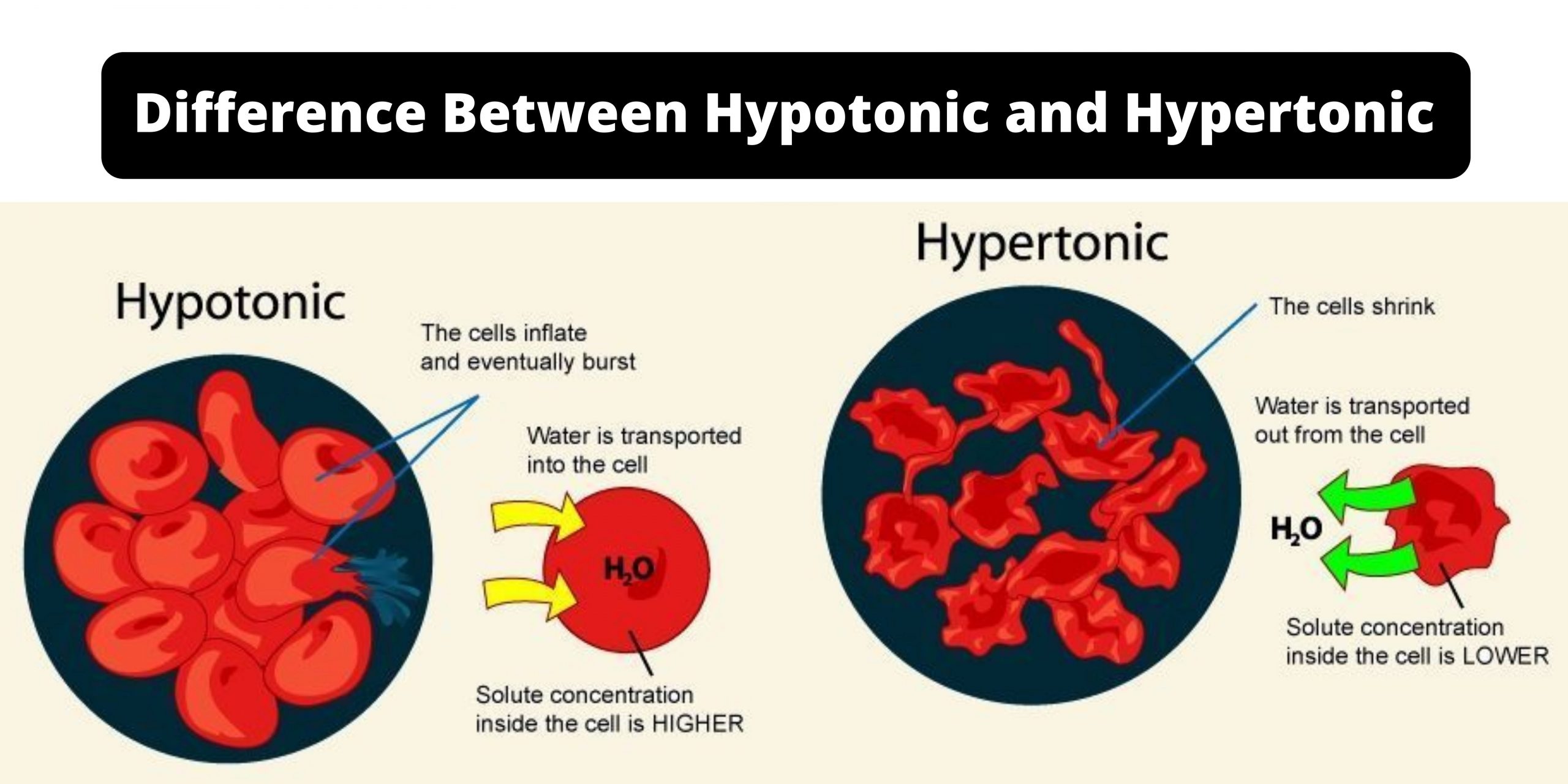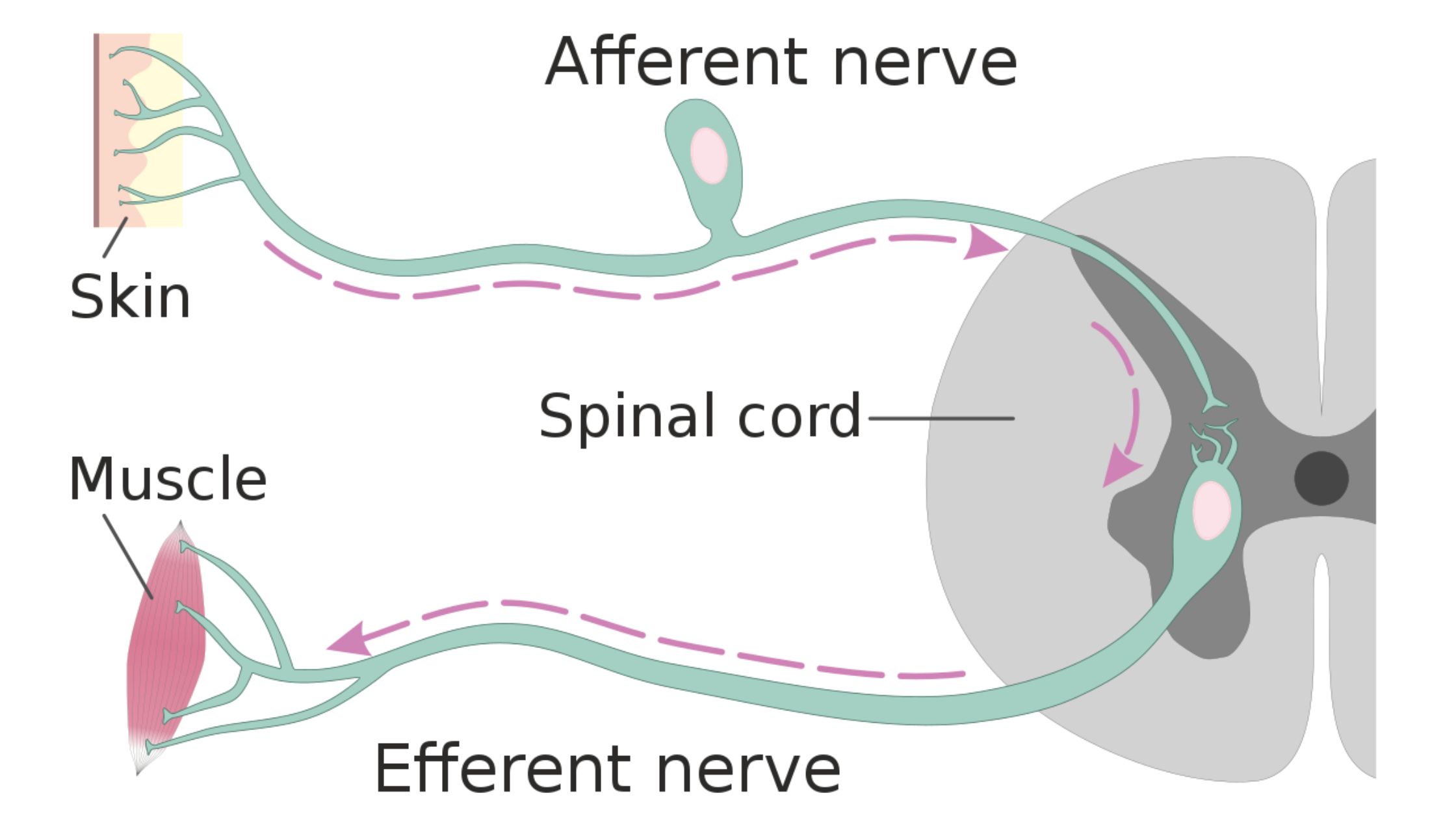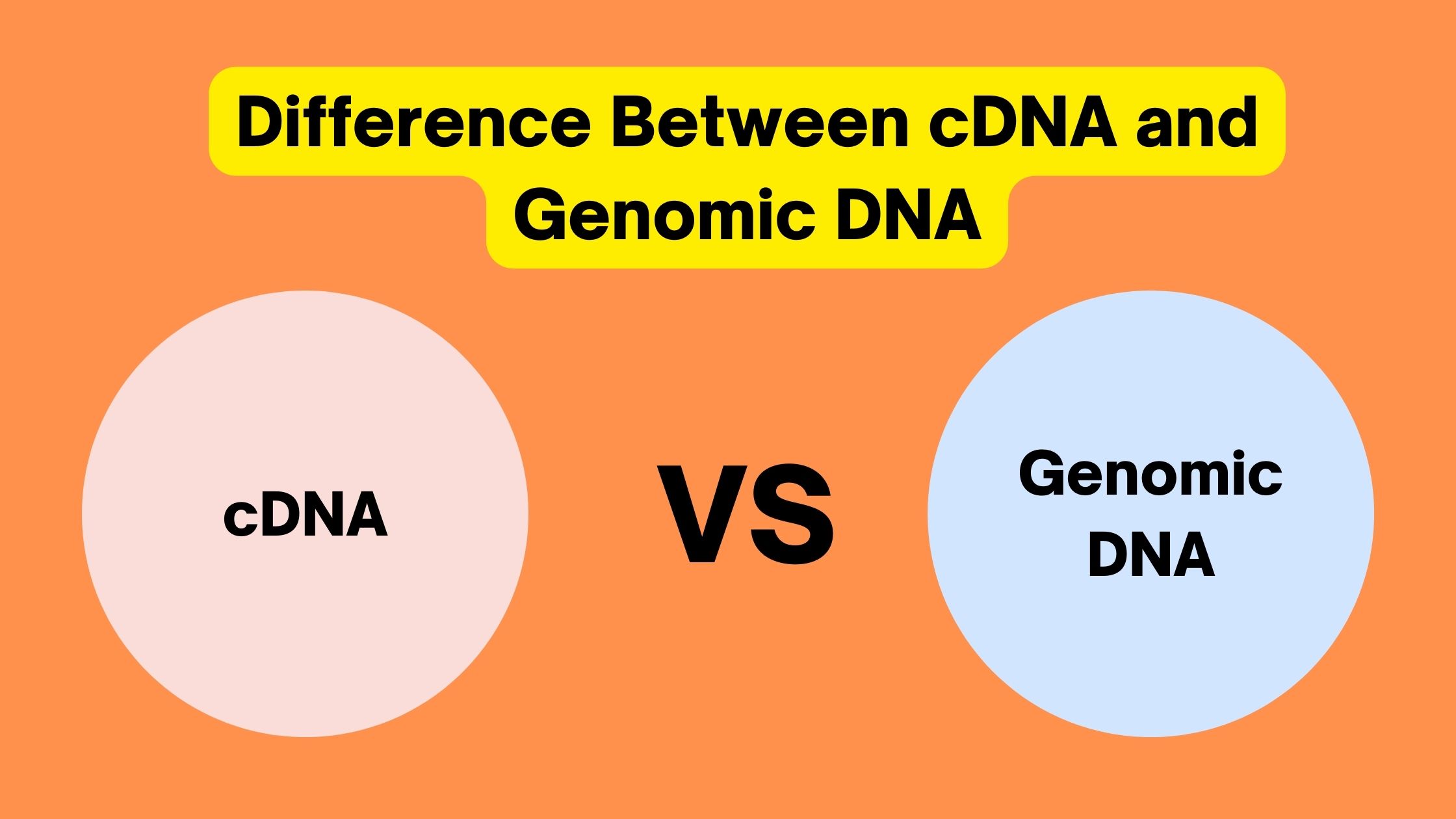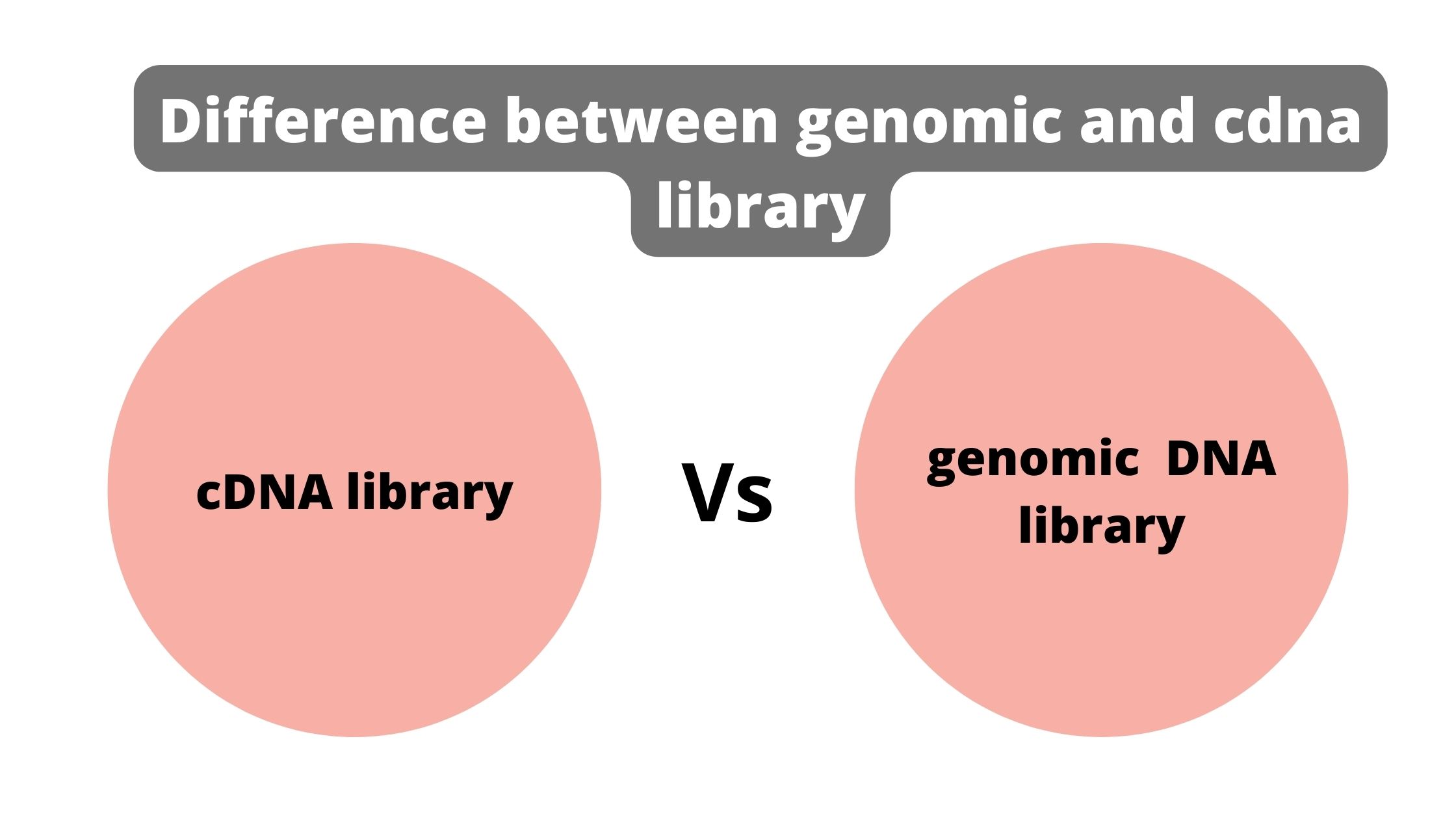Differences between B Cells and T Cells – B Cells vs T Cells
B cells and T cells are two kinds of lymphocytes involved in activating the immune system within the body. Both B and T cells are created within the bone marrow. T cells move into the thymus to develop. T cells as well as B cells play a role in the recognition of pathogens as well as other harmfulforeign substances within the body, such as parasites, viruses, bacteria and dead cells. Two types of T cells comprise called helper T cells and cytotoxic cells.









